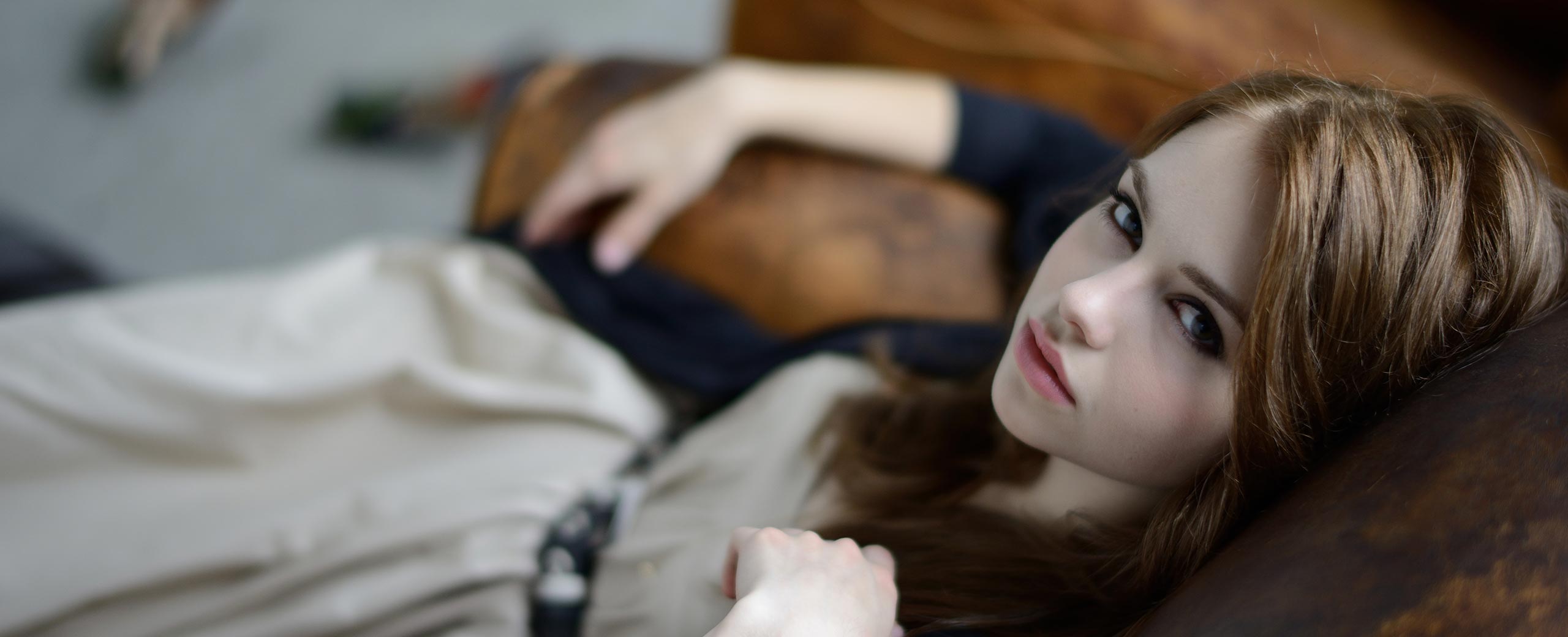Keep in mind that although aperture is really the only thing that can affect depth of field, there are a number of things that can affect how our backgrounds look. Most notably, your distance to the subject and the distance of the subject to the background. The quality of the background can have a significant impact as well.
Take a look at these images - all of which were shot with slower glass. To me, the backgrounds look every bit as good as what I see with my faster glass. However, they only look that way because I positioned myself so I was close enough to the subject to (more or less) fill the frame, the background was somewhat distant, and the backgrounds where generally "smooth" and not overly disturbed. Also, I'd add that not every background has to be a smooth, creamy blur - sometimes a hint of what's there is helpful for context. The trick is that it's just a hint and not hitting you over the head!
Oh, and I'm contractually obligated to mention that the first two were with a pre-production 600 PF.
View attachment 73967
View attachment 73968
View attachment 73972
View attachment 73971
View attachment 73970
For me
Love these example photos, they are just beautiful, the creatures simply command the eye and evoke a pleasing emotion for me.
What i see is Beautiful, it clearly reflects skill sets and shows what can really be achieved even on mid level or non exotic glass.
Love the rain effect, WOW.
You have summed up the key points perfectly. One should never feel left behind.
If 90% of what we get comes from the person behind the viewfinder, why do some people spend 90% of their money and time on the 10%.
I find skill set, composition, opportunity, plays such an enormous part as to what we eventually achieve. Yes some tools make it easier absolutely as they should, but a hammer is still a hammer, its how you use it that counts.
I tell new beginner photography club member's Invest in your self first, its also what i personally believe in.
In the right position, light and opportunity at 500mm even on my old hack 150-500 Sigma that lives in the trunk on a D7100 can surprisingly deliver very pleasing results depending on how its used, of course its easier with F2.8 or F4 glass.
My 300 2.8 VR II at F2.8 speaks volumes used at F2.8 or F4 and
so easily makes back grounds melt away as expected, but the real need for what i want out of this F2.8 prime is speed and gathering light especially in low light conditions again especially micro detail and micro contrast, light is my best friend.
I feel with some of the new Z glass the large diameter, shorter length in cases, along with some of the new lens formula technology has really moved things up a level.
Any manufacturer turning up sensor sensitivity to light is going to complement a lot of the F5.6 F6.3 F9 stops.
There is for most people really no need to buy the 600 or 400 TCs exotics, i mean they have their place and if you can afford them that's fantastic.
There are some amazing FX glass bargains available in exotic primes that if you need F2.8 or F4 primes, hey its always worth a serious look, a 600 F4 FL on a D850 or D5, its 10% of the equation, 90% is you.
As to editing my way into the look i expect, no thanks, not where my passion thrives, yet i know many people who actually just love doing it and that's so wonderful, to me sitting is the new smoking LOL, i do believe the AI technology in the future if not already will be revolutionizing editing as we know it, i mean will we ever just tell Siri to edit what we would normally do our self LOL.
I like outsourcing serious editing...........for good reason, its cheap, it always gives me fast even AI cutting edge results over night while i am dining out, at a movie, or in bed doing other things like reading, yes sleeping.
Only an opinion






